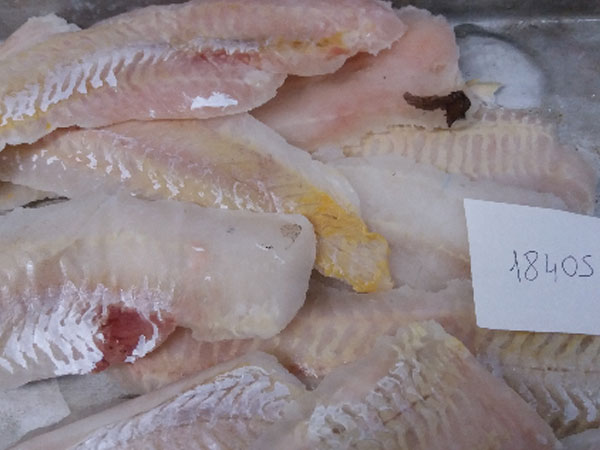SEATRACES PUBLICATION
Rogério Mendes, Helena Silva, Patrícia Oliveira, Luís Oliveira and Bárbara Teixeira
Abstract: The overall quality of frozen hake fillets in the Portuguese market was evaluated. Physical, biochemical, microbiological, and sensory analysis in 20 brands revealed several non-conformities. Hake was identified in 19 brands, although two mislabeled the species. Lower net weight than labelled was evidenced in ca. one-third of brands. TVB-N in ca. one-third of the samples presented high values, although within legal limit. Almost all brands presented excessive amount of ice glaze, low levels of WHC (raw/cooked), low levels of soluble protein, and undue thaw-drip loss, thus reflecting the poor quality of fillets. Added phosphates were below the legal limit in all samples; however, they were used in glaze ice in three brands, and only labeled in one.

Overall microbiological quality of frozen fillets was good, though yeasts and molds detected in six samples indicate poor hygienic conditions in some facilities. Labels comply with legal requisites, however, need improvement, namely the ‘best before’ periods. In general, packaging was efficient regarding presence of ice crystals and dehydration signs. Concerning sensory analysis of cooked fillets, 63% of the brands had bad to poor quality and 37% fair quality. Merluccius productus revealed the worst quality, namely regarding thaw drip loss, thaw drip loss protein, M/P ratio, pH and sensory evaluation. Overall results show that a significant part of the hake fillets business operators are still failing in relation with best practices.
Journal: Foods